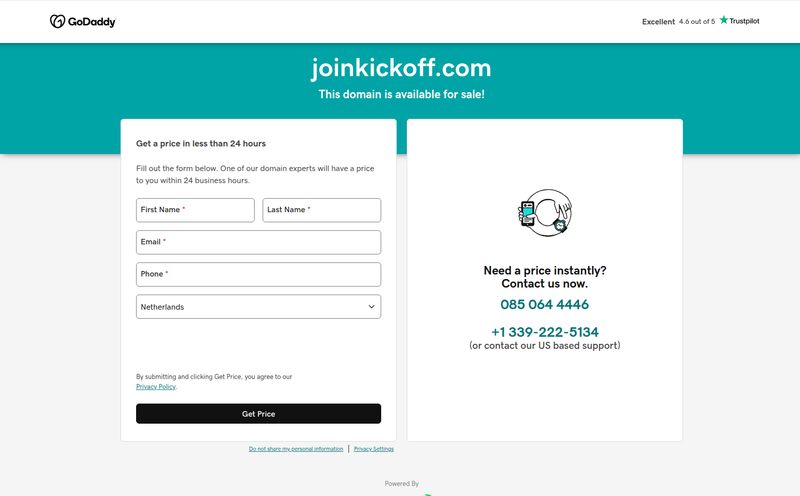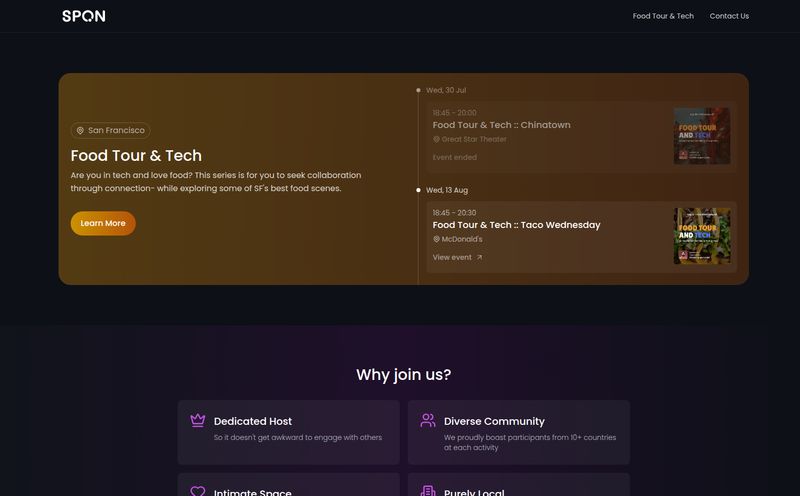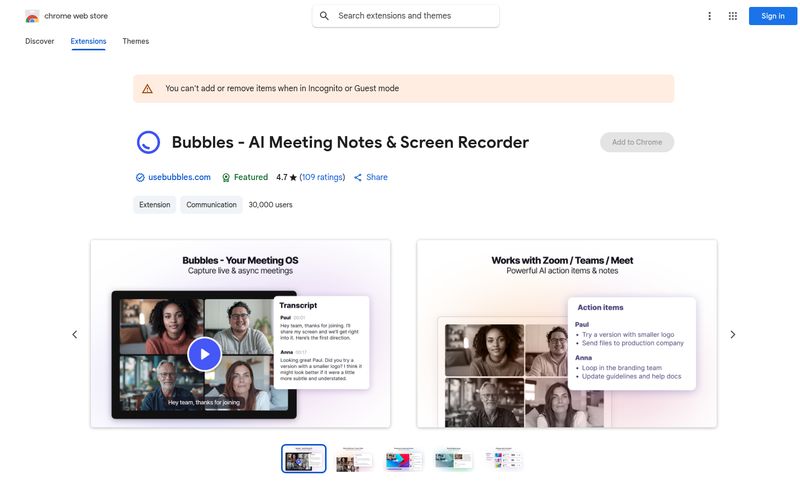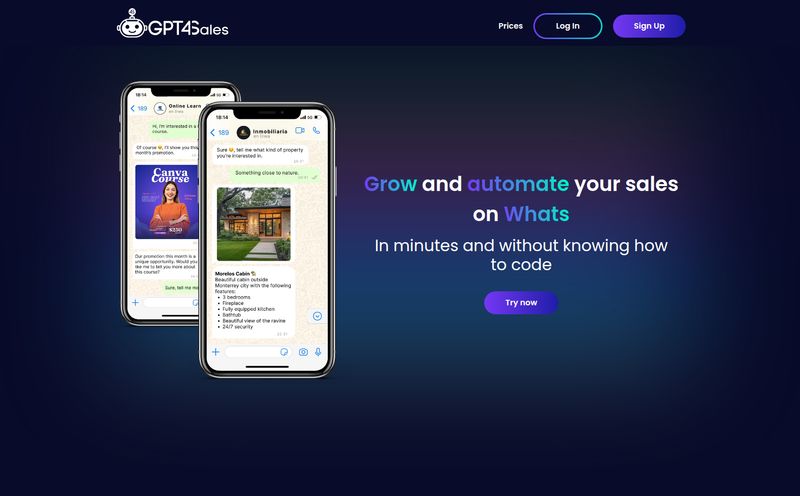If I have to send one more "Does Tuesday at 2 PM work for you?" email, I might just give it all up and become a hermit. For years, my professional life has been a chaotic dance of back-and-forth scheduling. It's a time-suck. A productivity black hole. I’ve used a bunch of tools, and while some are okay, I’ve always felt like something was missing.
I’ve been in the SEO and traffic generation game for a long time, and my calendar is my command center. It's packed with client consultations, team sync-ups, and discovery calls. Keeping it all straight without losing my mind (or double-booking myself) is a full-time job. So when I stumbled upon a new player in the scheduling space called Schedo, my curiosity was definitely piqued.
It bills itself as an all-in-one appointment booking software, a direct Calendly alternative with some interesting bells and whistles like AI scheduling and built-in payments. But is it just another clone, or does it actually solve the scheduling headache? I decided to take it for a spin.

Visit Schedo
So, What Exactly is Schedo?
At its heart, Schedo is an online appointment system designed to take the manual labor out of booking meetings. You set your availability, create different types of meetings (like a 30-min SEO audit or a 1-hour strategy call), and share a link. People click the link, pick a time that works for them, and BAM—it’s on both of your calendars. Simple.
But where it tries to stand out is in its presentation and feature set. It’s not just about finding a time slot; it's about creating a smooth, professional booking experience from the very first click. Think of it less as a utility and more as an extension of your personal or business brand.
The Features That Actually Matter
A feature list is just a list until you see how it works in the real world. Here’s the stuff in Schedo that genuinely caught my eye and made me think, “Okay, they get it.”
Your Brand on Your Booking Page
My biggest pet peeve with a lot of scheduling tools? They look so… generic. A bland, robotic page that screams “I am using a free scheduling tool.” Schedo tackles this head-on with its Customised Booking Pages. You can tweak the look and feel to match your own branding. For someone like me who runs their own consultancy, this is huge. It maintains a professional image from the moment a potential client decides to book a call. No more jarring, third-party branding. It just feels more premium.
The Digital Bouncer for Your Calendar
I’m talking about two things here: Booker’s email verification and automated booking reminders. The verification step is like a digital bouncer for your meeting slots. It makes sure the person booking is real, cutting down on spam and fake appointments. It’s a small thing, but it adds a layer of security that I appreciate.
Then come the reminders. We all know the pain of a no-show. It’s not just wasted time; it’s a disruption to your entire day’s flow. Schedo’s automated email reminders gently nudge your clients before the meeting, which, in my experience, dramatically cuts down on no-show rates. It’s like having a personal assistant who is polite but firm.
Finally, Simple Paid Meetings
This is a big one. For any professional who charges for their time—coaches, consultants, therapists, you name it—collecting payment can be an awkward, separate step. Schedo integrates with Stripe, allowing you to require payment before a meeting is confirmed. This is a game-changer. It secures your revenue, ensures the client is serious, and removes that clunky “By the way, here’s my invoice” conversation later. It streamlines the entire cashflow process right into your booking flow.
The Brains of the Operation
Schedo isn't just a dumb calendar. It syncs with your existing Google Calendar to avoid double-bookings (thank goodness) and provides some pretty Insightful Analytics. You can track how many meetings you’ve booked, see the revenue you’ve earned, and even get a breakdown of online vs. in-person appointments. It helps you see what’s working and where your time is really going. They also mention AI-powered scheduling, which suggests there's some smart logic under the hood helping to optimize your availability.
My Honest Take and What Could Be Better
Look, no tool is perfect. After playing around with Schedo, I've got some pretty clear thoughts. The dashboard is clean and intuitive. I didn’t need to read a manual to figure out how to create a new meeting type or connect my calendar, which is always a win in my book.
"The ability to create a branded booking page that also takes payments is the one-two punch that many freelancers and small business owners have been waiting for."
The whole process feels smooth. The automated reminders and email verification really do give you a sense of control and professionalism. It’s the little things that build trust with a new client, and Schedo seems to understand that.
However, it's not all sunshine and rainbows. The integrations list is a bit lean right now. It covers the big ones—Google Calendar, Google Meet, Stripe—but if you're heavily reliant on other ecosystems like Microsoft 365 or a niche CRM, you might have to wait. They do say more are coming, so I’m hopeful. Also, the free plan is more of a trial. To get the really good stuff, like more meeting types and connecting multiple calendars, you'll need to open your wallet.
A Quick Look at Schedo's Pricing
Speaking of opening your wallet, let's talk about the cost. The pricing structure seems pretty fair and targeted at different user levels. It’s not the cheapest on the market, but it’s far from the most expensive, especially for the value it offers.
| Plan | Price | Best For |
|---|---|---|
| One Time Pass | Free for 30 days | Anyone who wants to test-drive the core features without commitment. You get 1 calendar and up to 3 meeting types. |
| Standard | $12 / month | Solo professionals and freelancers who need branding, payments, and solid analytics. You get 10 meeting types. |
| Pro | $18 / month | Power users or small teams who manage multiple schedules. You get 2 calendar accounts and up to 20 meeting types. |
For more details, you can check their official pricing page. Personally, I think the Standard plan hits the sweet spot for most consultants and small business owners.
The Final Verdict: Is Schedo Your Next Scheduling Tool?
So, do I think Schedo is worth it? In a word, yes. Especially if you're a consultant, coach, or small agency owner who values a professional brand image and needs to charge for appointments. It neatly bundles scheduling, branding, and payments into one tidy package.
If you're just looking for a basic, free tool to occasionally schedule a coffee chat, Calendly’s free tier might still be all you need. But if you’re running a business and tired of the scheduling chaos, the small monthly investment for a tool like Schedo pays for itself in saved time and reduced no-shows almost immediately.
It’s a strong contender in the scheduling space, and it’s one I’ll be keeping a close eye on. It might just be the thing that saves me from becoming a hermit after all.
Frequently Asked Questions About Schedo
Is there a free version of Schedo?
Schedo offers a "One Time Pass," which is a 30-day free trial that lets you test-drive most of the key features. After that, you'll need to subscribe to one of their paid plans to continue using the service.
Can you accept payments through Schedo?
Yes, and it's one of its best features! Schedo integrates with Stripe, allowing you to require clients to pay for a session at the time of booking. This is available on all their plans, including the trial.
What calendars does Schedo sync with?
Currently, Schedo offers seamless synchronization with Google Calendar. This helps prevent any double-bookings by checking your existing schedule for conflicts. They've indicated that more integrations are on the way.
How is Schedo different from Calendly?
While both are scheduling tools, Schedo puts a stronger emphasis on providing a branded booking experience and integrating payments seamlessly into the workflow from the start. Many of the features that require a higher-tier plan on Calendly, like payment collection and customisation, are core to Schedo's offering.
Does Schedo help reduce meeting no-shows?
Yes. Schedo helps reduce no-shows in two main ways: by sending automated email reminders to your clients before the appointment, and by allowing you to require upfront payment, which ensures the client has some skin in the game.
Reference and Sources
- Schedo Official Website
- Schedo Pricing Page
- Calendly Official Website (for comparison)



